Code
HCS15001
Weight
414 gm / 0.91 lbs
Size
Height
13cm (5") Width
9cm (4") Depth
7cm (3") Material
Copper
Availability
Available
Date Added
2018-04-04 13:23:17
Note : We used to sell this product 7 years ago so it may no longer be in our stock.
It is possible that we still have it with our suppliers but the price could be different from before.
Feel free to order. We will verify availability and inform you promptly.
It is possible that we still have it with our suppliers but the price could be different from before.
Feel free to order. We will verify availability and inform you promptly.

Safe Payment
We accept Paypal, Money Transfer, Bank Transfer
Confidence
Protection covers your purchase and personal data.
Worldwide Delivery
We ship Worldwide, except Russia.Shipping cost US$25.2 for upto 0.5 kgs

Hotline
Talk to help line for your question on 9841267335Shakti : Introduction
Shakti Yab-yum is a common symbol in Nepalese and Tibetan art. It represents the primordial union of wisdom and compassion, depicted as a male deity in union with his female consort via the similar concept of interpenetration or "coalescence," as illustrated by the concept of Indra's net. The male figure represents compassion and dexterity, while the female figure represents insight. The female is seated on the male's lap in yab-yum. A rare rendition of a similar figure, but reversed, with the male sitting on the female's lap, is known as yum-yab. Read More . . .
Shakti Yab-yum is a common symbol in Nepalese and Tibetan art. It represents the primordial union of wisdom and compassion, depicted as a male deity in union with his female consort via the similar concept of interpenetration or "coalescence," as illustrated by the concept of Indra's net. The male figure represents compassion and dexterity, while the female figure represents insight. The female is seated on the male's lap in yab-yum. A rare rendition of a similar figure, but reversed, with the male sitting on the female's lap, is known as yum-yab. Read More . . .
About Color Finishing
The Black Jambhala With Consort, [shakti], Yab-yum Handmade Statue [traditional Color Finishing] is adorned with traditional colors, creating a captivating aesthetic through a combination of gold and various hues. This painting technique follows a time-honored process that aims to faithfully represent the Black Jambhala With Consort, [shakti], Yab-yum Handmade Statue [traditional Color Finishing] in accordance with traditional color descriptions. In the context of Buddhist statues, this approach holds great significance. Each statue has its own primary color, and it is crucial to depict the statue in its authentic shade. Read More . . .
The Black Jambhala With Consort, [shakti], Yab-yum Handmade Statue [traditional Color Finishing] is adorned with traditional colors, creating a captivating aesthetic through a combination of gold and various hues. This painting technique follows a time-honored process that aims to faithfully represent the Black Jambhala With Consort, [shakti], Yab-yum Handmade Statue [traditional Color Finishing] in accordance with traditional color descriptions. In the context of Buddhist statues, this approach holds great significance. Each statue has its own primary color, and it is crucial to depict the statue in its authentic shade. Read More . . .
Lost-Wax System
This Painted Statue of Black Jambhala With Consort, [shakti], Yab-yum Handmade Statue [traditional Color Finishing] is made by the process of the Lost Wax system. This is a very complicated, time consuming and historic process of making metal sculptures.Which is why it is sometimes called Precision Casting as well. Hence the sculptures made by this process are comparatively expensive. There are many new, advanced and less time consuming methods of casting metal sculptures available as well. But due to the benefits provided by the traditional lost wax system in quality control and customization, we prefer the Loss wax system over Ceramic molding, or sand casting to make our Painted Statue.
Below we have tried to illustrate the process of making a loss wax system statue: Read More . . .
This Painted Statue of Black Jambhala With Consort, [shakti], Yab-yum Handmade Statue [traditional Color Finishing] is made by the process of the Lost Wax system. This is a very complicated, time consuming and historic process of making metal sculptures.Which is why it is sometimes called Precision Casting as well. Hence the sculptures made by this process are comparatively expensive. There are many new, advanced and less time consuming methods of casting metal sculptures available as well. But due to the benefits provided by the traditional lost wax system in quality control and customization, we prefer the Loss wax system over Ceramic molding, or sand casting to make our Painted Statue.
Below we have tried to illustrate the process of making a loss wax system statue: Read More . . .
About The Black Jambhala :
The Black Jambhala is also known as the Hindu God of Wealth, Kubera. Originated in ancient India, he manifested from the waters of the river and gave the transmission of generating wealth to a king whose kingdom was undergoing extreme financial difficulties during that time. He also benefits the poor and those in solitary retreat that have a virtuous mind.
Iconography :Popularized by Shakyasribhadra, holding a skullcup and mongoose, naked and wrathful in a standing posture. He is the God of Wealth in Tibetan buddhism. With august guise he treads on the back of yellow rich man. Jambhala, Black (Tibetan: dzam bha la, nag po), a wealth deity popularized in Tibet by Bari Lotsawa (b.1040) and the Kashmiri teacher Shakyashri Bhadra.
" ... the Lord Jambhala, with a body black in colour, having the appearance of a dwarf, naked, sexually aroused, pot-bellied, with pierced ears, three bulging bloodshot eyes, brown hair flowing upwards and bared fangs, in a standing position, the right leg bent, and the left straight. He has one head and two arms. The right hand holds the top of a skull in front of his chest as a blood container, and the left hand holds a mongoose expelling wish fulfilling jewels. On his head is a crown of five skulls in the shape of the five-Buddha crown; around his neck is a string of 50 pray beads made of human skulls, with five-color snakes as bracelets on hands, feet and neck. He shows anger on his face, standing with his right leg bent, his left leg extended, the right leg is extended pressing upon the head of the yellow Lord of Wealth, adorned with various gold ornaments, lying face down beneath Black Jambhala's feet." (Ngorchen Konchog Lhundrup, 1497-1557).
He is the manifestation of Amoghasiddhi Buddha by the request of Buddha Shakyamuni to turn the wheel of Dharma to benefit sentient beings who are suffering from poverty. He will enable all endeavors to be perfectly accomplished and purify all bad luck and obstacles, prevent theft, bad debts and loss of wealth. Jambhala has a black colored body. He is depicted in a standing position over a human body, symbolizes to subdue humanâs ego and eliminate humanâs greed. His right hand holding Gems Pot and his left hand holding an animal named Nehulay (mongoose) which spue out jewels from its mouth. Black Jambhala also wears a snake necklace on his body.
The Mantra of Black Jambhala is:
Om Jambhala Jalendraye Bashu Dharini Svaha and
""Om Indzali Mu Kam Dzamali Soha""
" ... the Lord Jambhala, with a body black in colour, having the appearance of a dwarf, naked, sexually aroused, pot-bellied, with pierced ears, three bulging bloodshot eyes, brown hair flowing upwards and bared fangs, in a standing position, the right leg bent, and the left straight. He has one head and two arms. The right hand holds the top of a skull in front of his chest as a blood container, and the left hand holds a mongoose expelling wish fulfilling jewels. On his head is a crown of five skulls in the shape of the five-Buddha crown; around his neck is a string of 50 pray beads made of human skulls, with five-color snakes as bracelets on hands, feet and neck. He shows anger on his face, standing with his right leg bent, his left leg extended, the right leg is extended pressing upon the head of the yellow Lord of Wealth, adorned with various gold ornaments, lying face down beneath Black Jambhala's feet." (Ngorchen Konchog Lhundrup, 1497-1557).
He is the manifestation of Amoghasiddhi Buddha by the request of Buddha Shakyamuni to turn the wheel of Dharma to benefit sentient beings who are suffering from poverty. He will enable all endeavors to be perfectly accomplished and purify all bad luck and obstacles, prevent theft, bad debts and loss of wealth. Jambhala has a black colored body. He is depicted in a standing position over a human body, symbolizes to subdue humanâs ego and eliminate humanâs greed. His right hand holding Gems Pot and his left hand holding an animal named Nehulay (mongoose) which spue out jewels from its mouth. Black Jambhala also wears a snake necklace on his body.
The Mantra of Black Jambhala is:
Om Jambhala Jalendraye Bashu Dharini Svaha and
""Om Indzali Mu Kam Dzamali Soha""
Mantra of Black Jambhala
Om Zambhala Dzamlim Dzaye Svaha
Om Indzali Mu Kan Dzamali Svaha
Om Indzali Mu Kan Dzamali Svaha


![Black Jambhala With Consort, [shakti], Yab-yum Handmade Statue [traditional Color Finishing]](https://handicraftseller.com/uploads/pics/product/thumb/2018/04/15001.jpg)
![Black Jambhala With Consort, [shakti], Yab-yum Handmade Statue [traditional Color Finishing]](https://handicraftseller.com/uploads/pics/product/thumb/2018/04/15001_0.jpg)
![Black Jambhala With Consort, [shakti], Yab-yum Handmade Statue [traditional Color Finishing]](https://handicraftseller.com/uploads/pics/product/thumb/2018/04/15001_1.jpg)
![Black Jambhala With Consort, [shakti], Yab-yum Handmade Statue [traditional Color Finishing]](https://handicraftseller.com/uploads/pics/product/thumb/2018/04/15001_2.jpg)


























































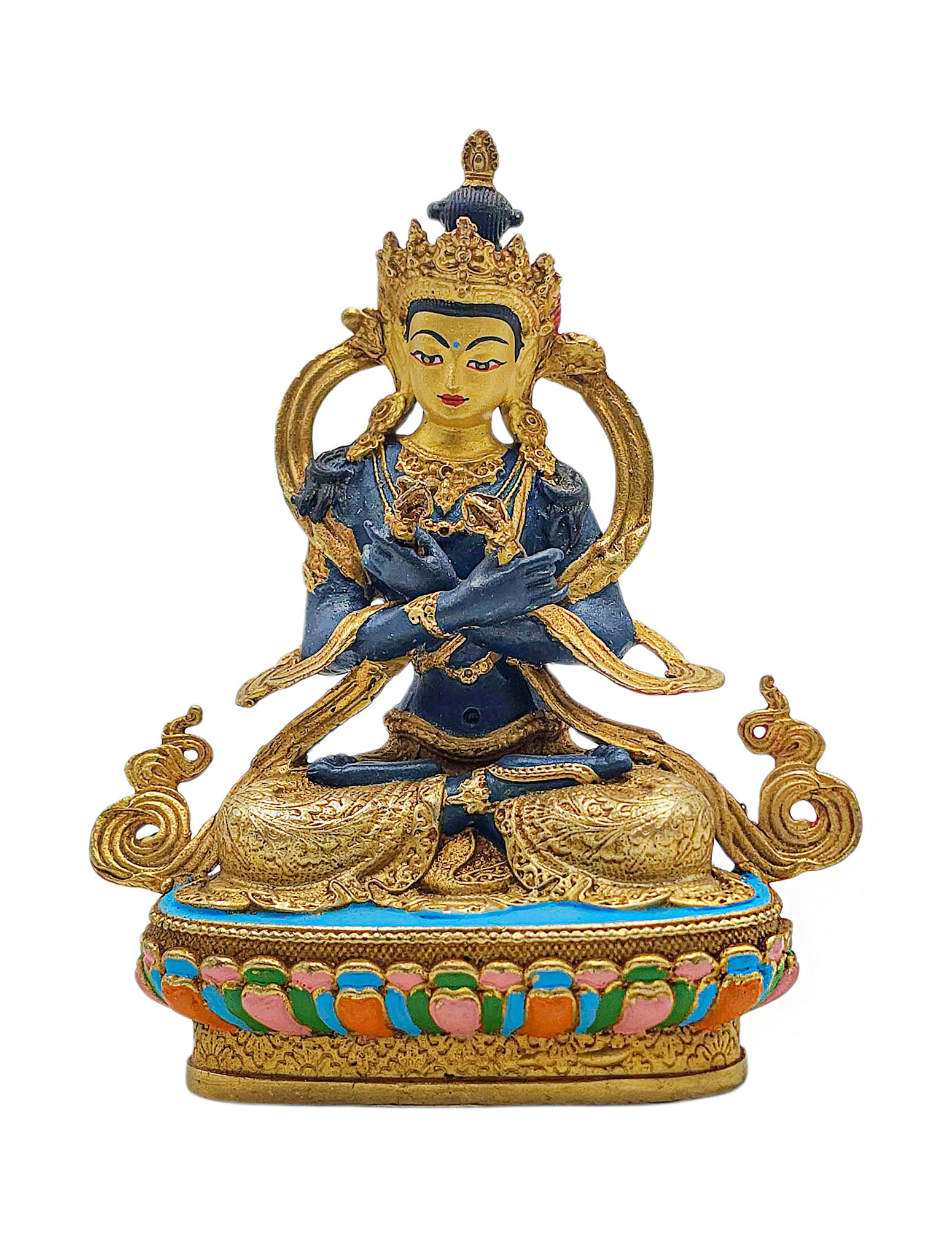 Vajradhara, Buddhist Miniature Statue,
Vajradhara, Buddhist Miniature Statue, 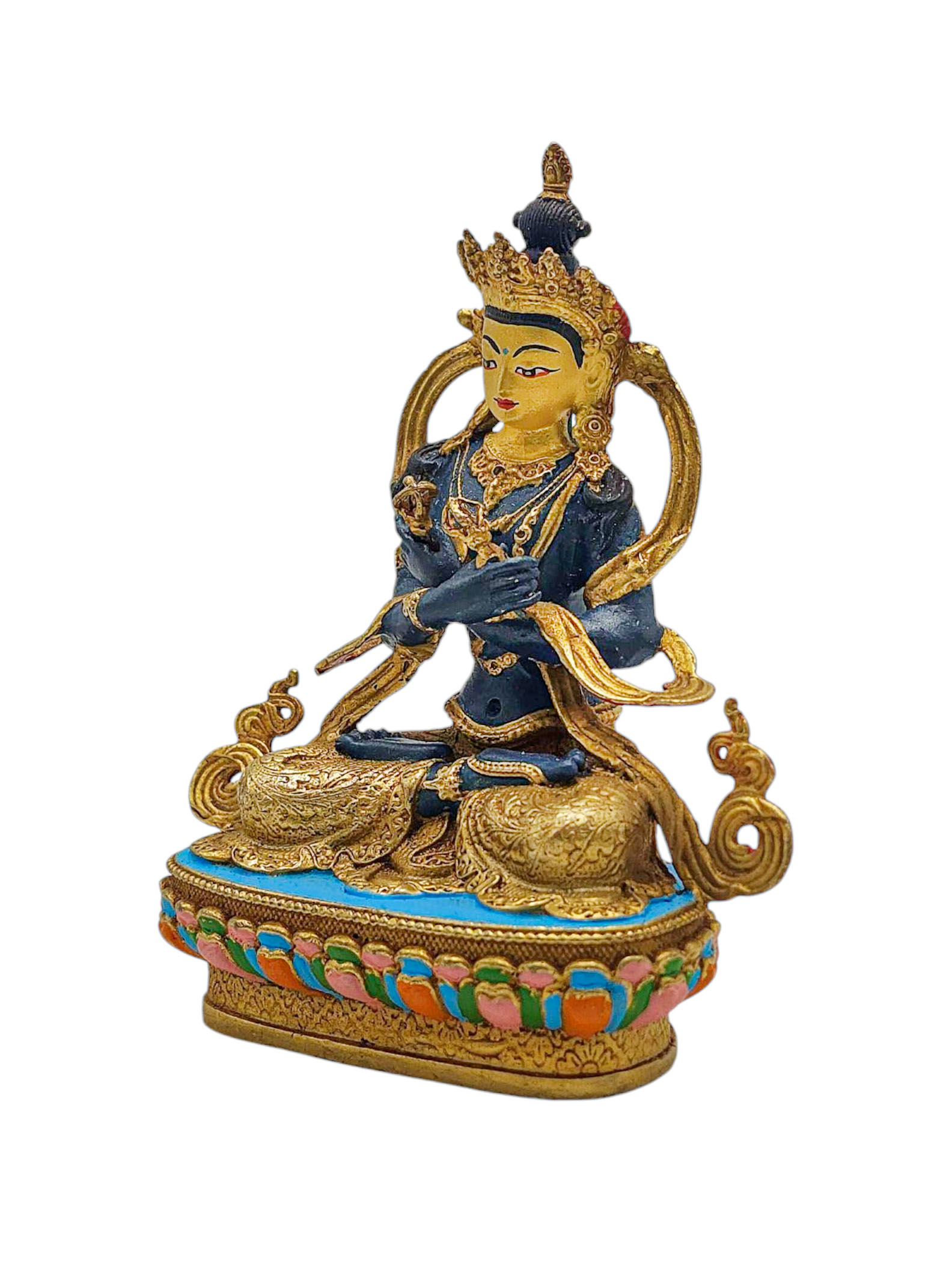 Vajradhara, Buddhist Miniature Statue,
Vajradhara, Buddhist Miniature Statue,  with Double Base, Buddhist Statue
with Double Base, Buddhist Statue  with Double Base, Buddhist Statue
with Double Base, Buddhist Statue  Kajupa,
Kajupa, 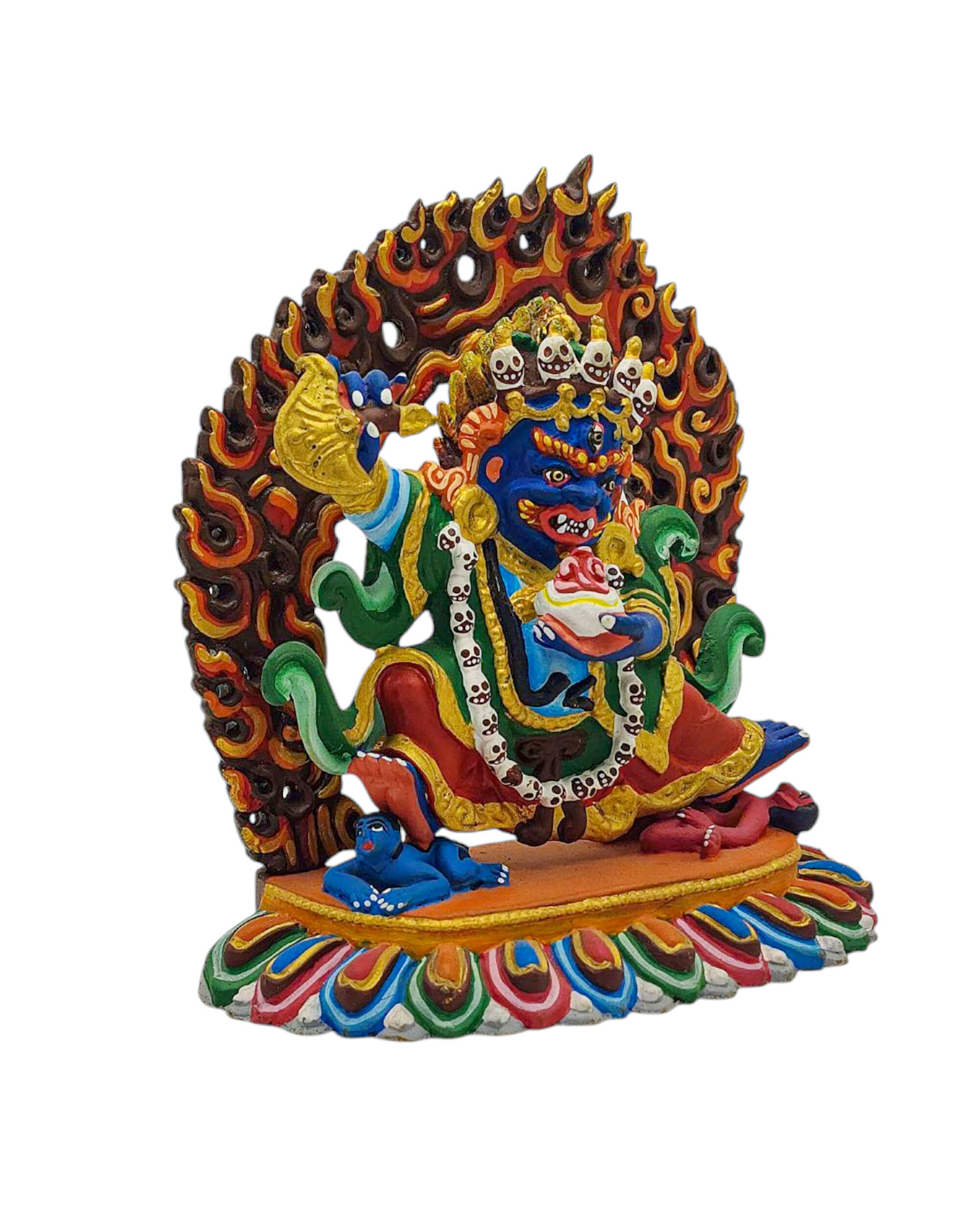 Kajupa,
Kajupa, 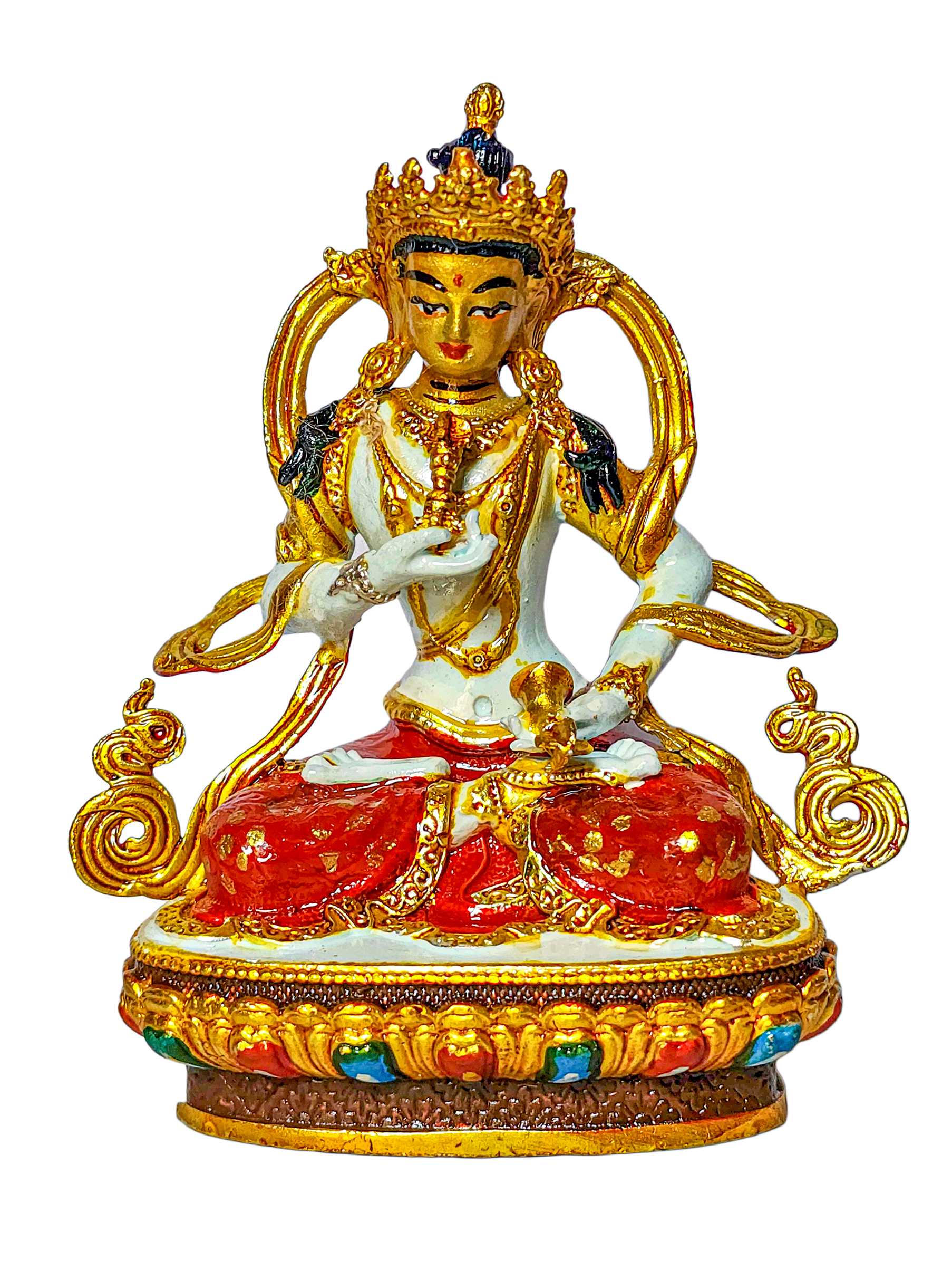 Vajrasattva, Buddhist Miniature Statue,
Vajrasattva, Buddhist Miniature Statue, 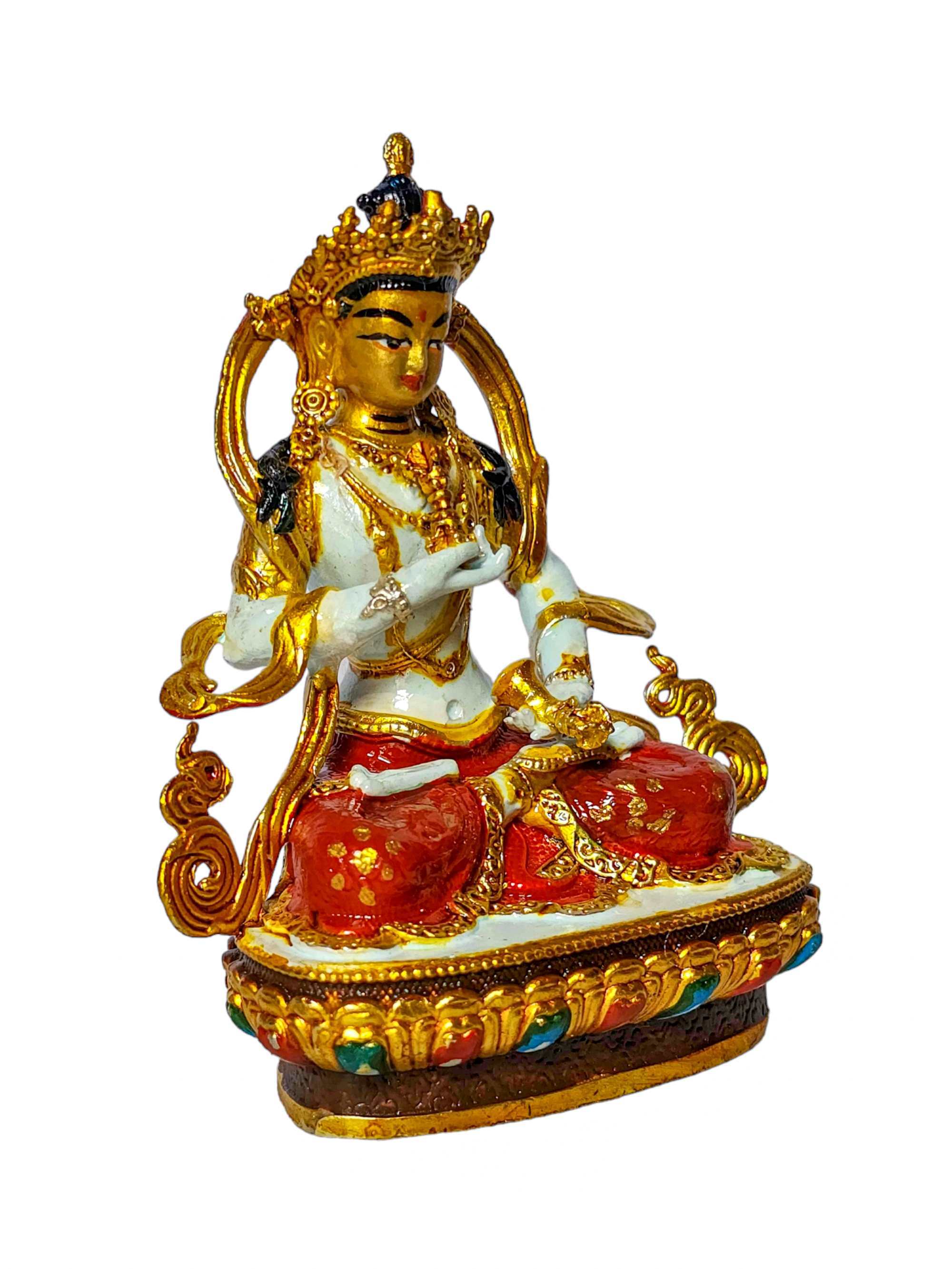 Vajrasattva, Buddhist Miniature Statue,
Vajrasattva, Buddhist Miniature Statue,  Traditional Color Finishing" title="Padmasambhava Handmade Statue
Traditional Color Finishing" title="Padmasambhava Handmade Statue 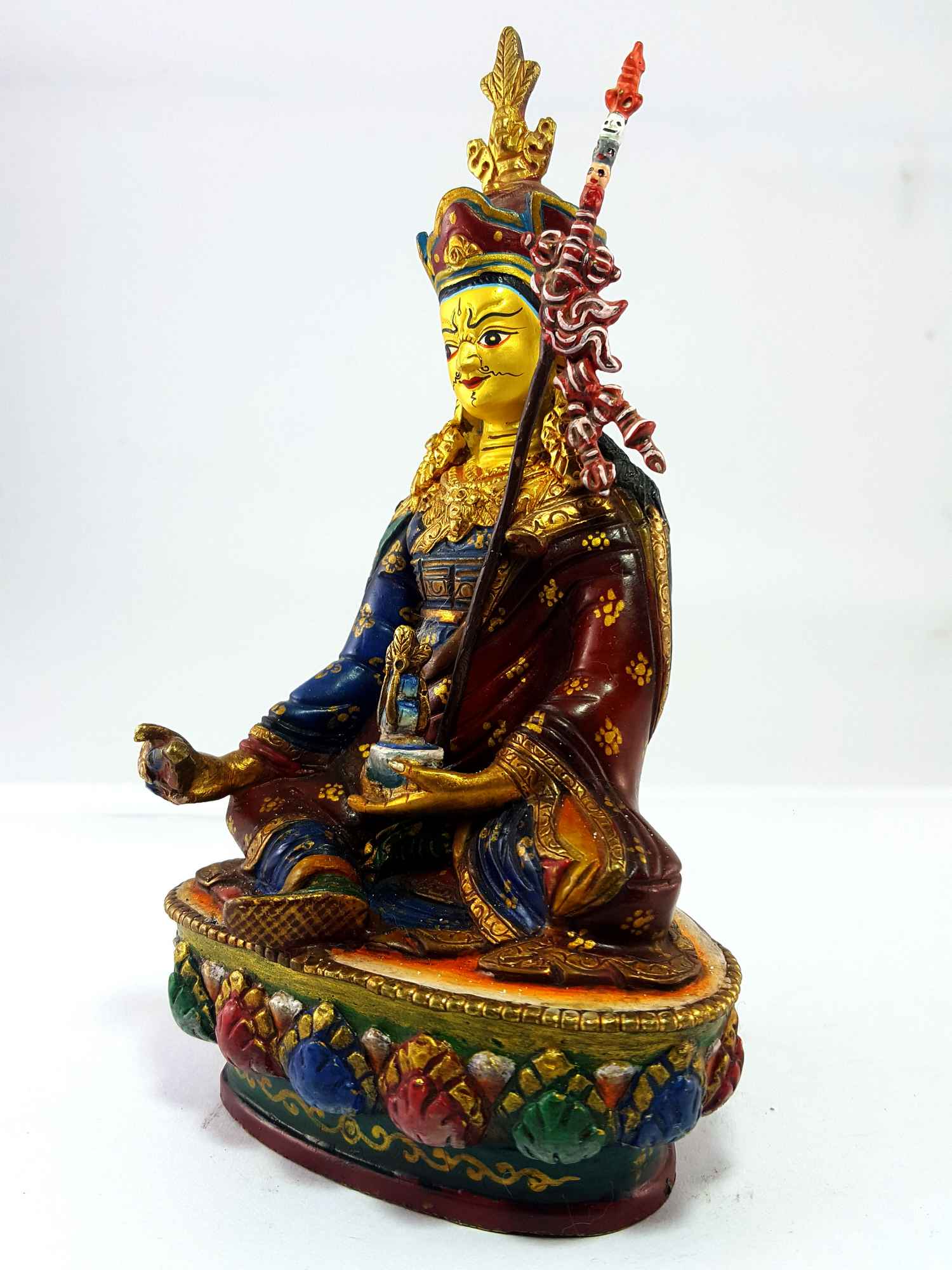 Traditional Color Finishing" title="Padmasambhava Handmade Statue
Traditional Color Finishing" title="Padmasambhava Handmade Statue  White Jambhala, Buddhist Miniature Statue,
White Jambhala, Buddhist Miniature Statue,  White Jambhala, Buddhist Miniature Statue,
White Jambhala, Buddhist Miniature Statue,  Full Gold Plated" title="Lion Namtose Vaisravana Jambhala Statue
Full Gold Plated" title="Lion Namtose Vaisravana Jambhala Statue  Garuda, Buddhist Miniature Statue,
Garuda, Buddhist Miniature Statue, 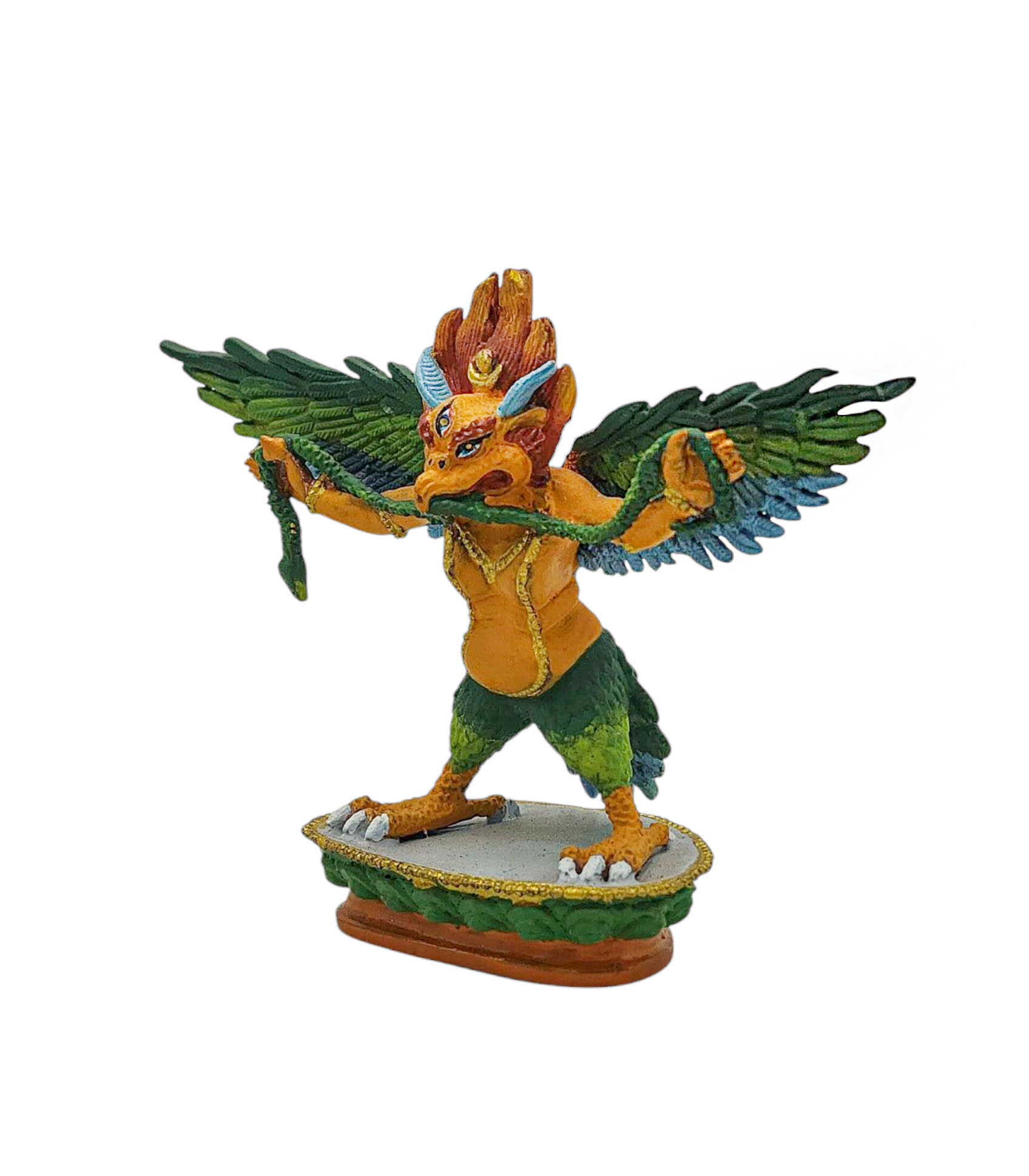 Garuda, Buddhist Miniature Statue,
Garuda, Buddhist Miniature Statue,  Gold Plated,
Gold Plated, 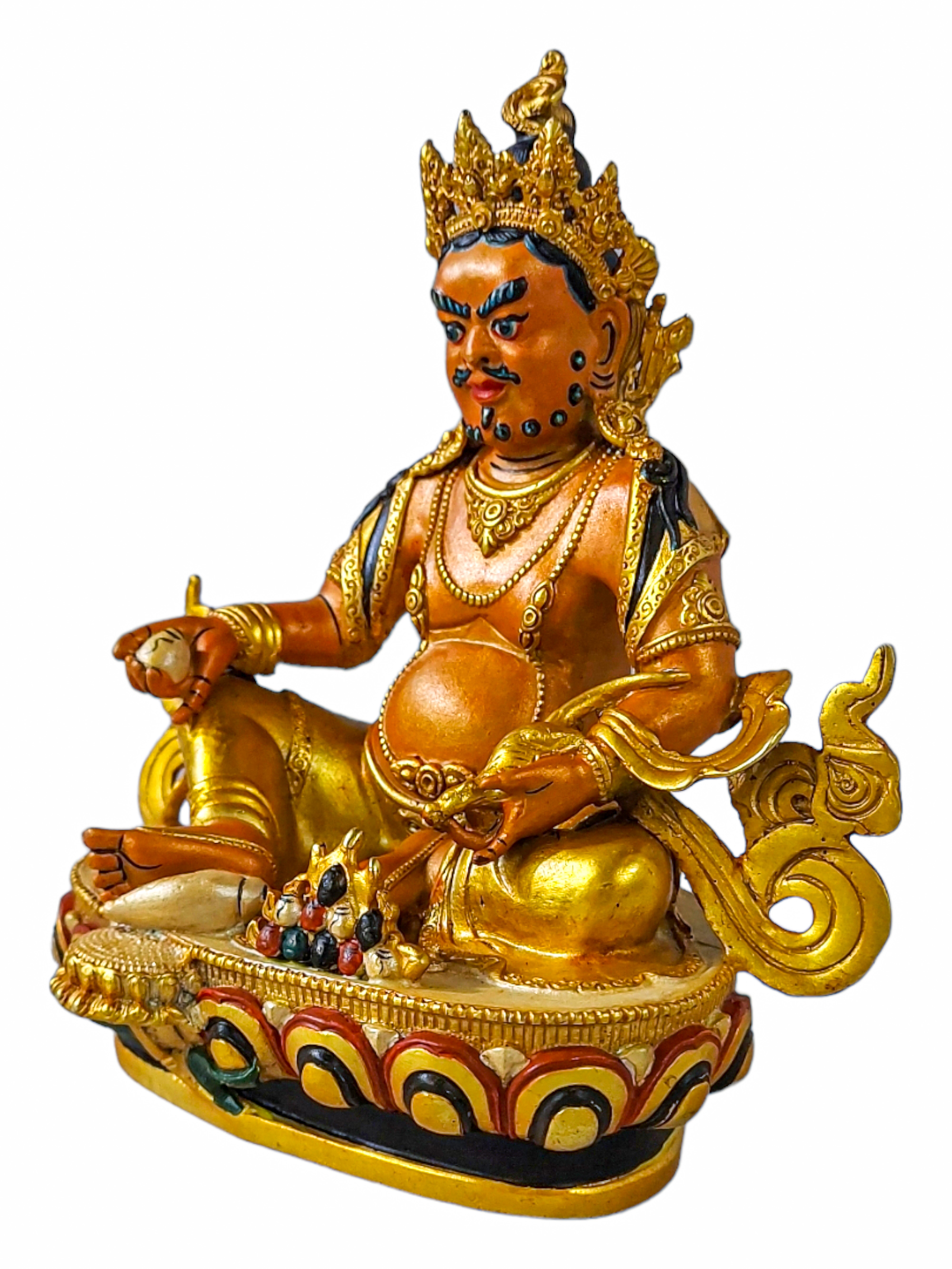 Gold Plated,
Gold Plated, 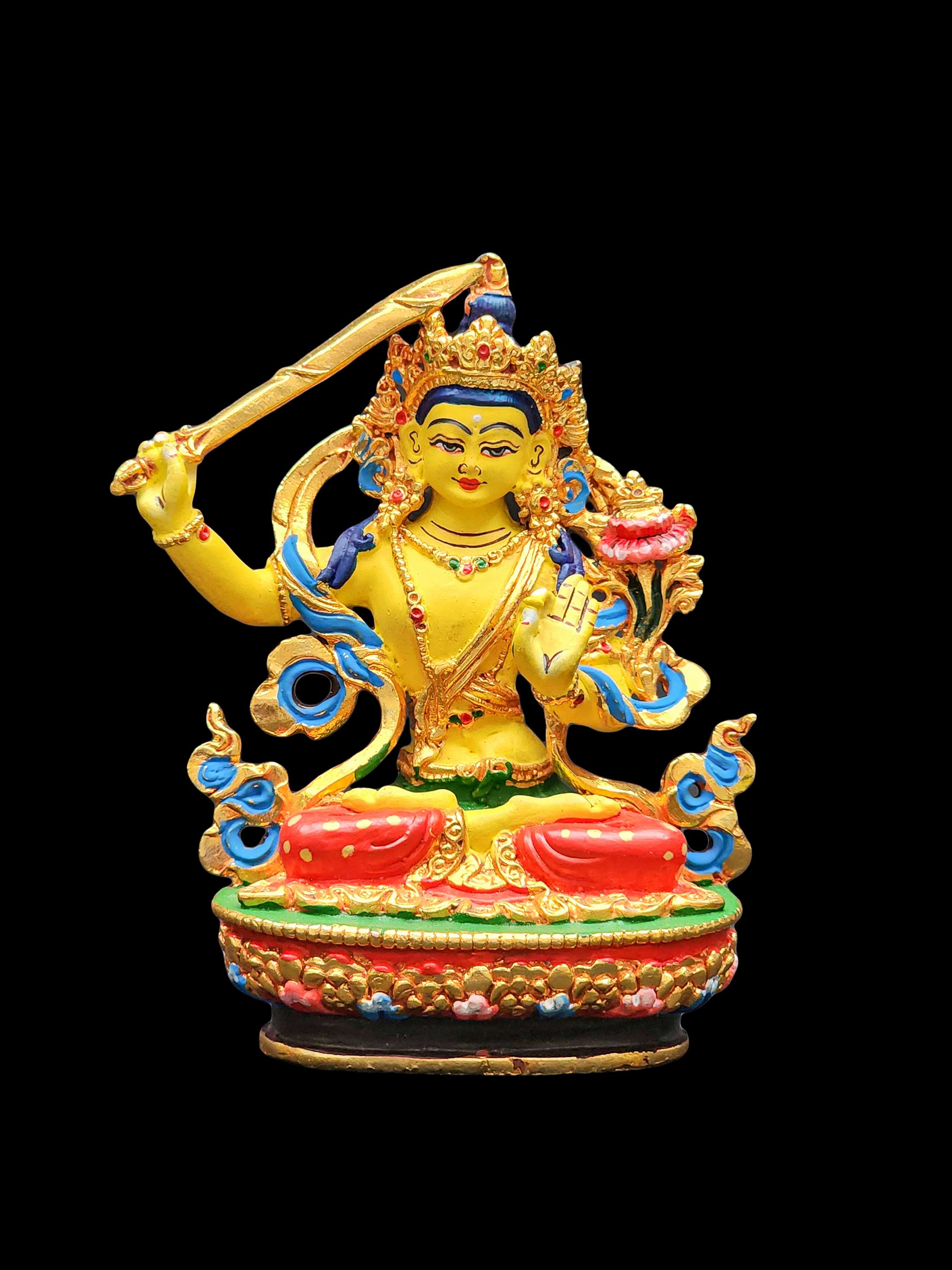 of Manjushri,
of Manjushri,  of Manjushri,
of Manjushri,